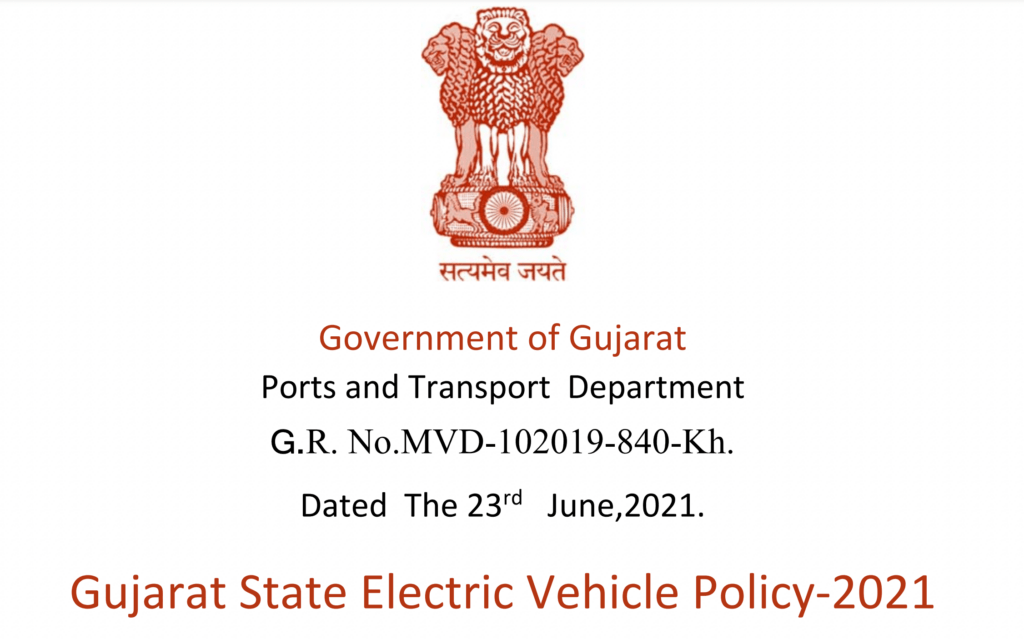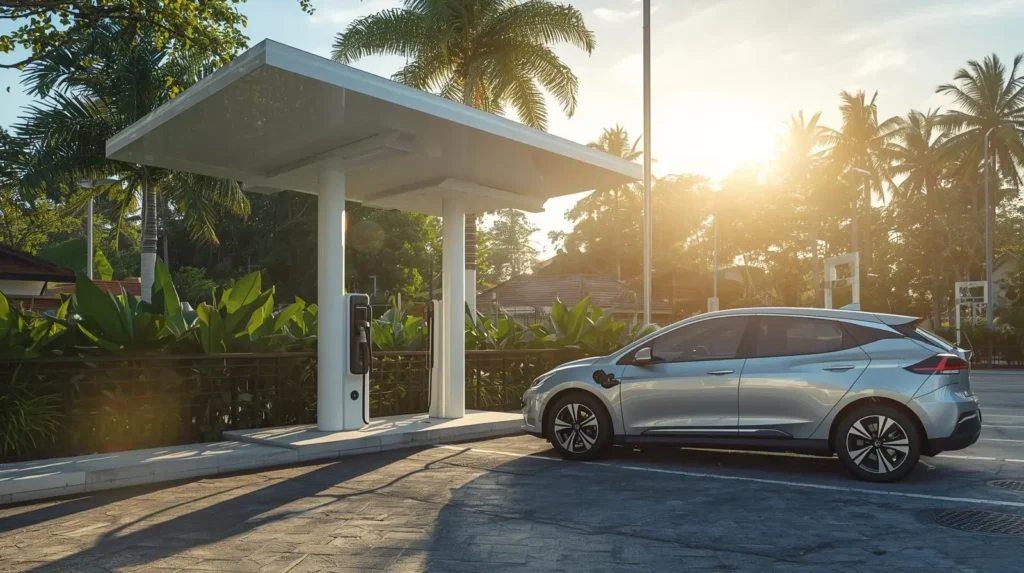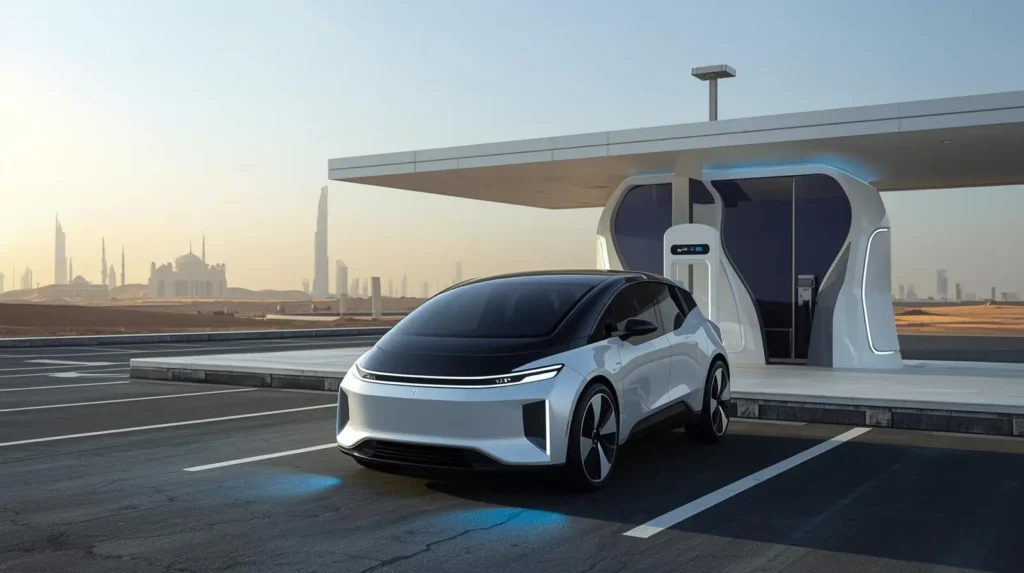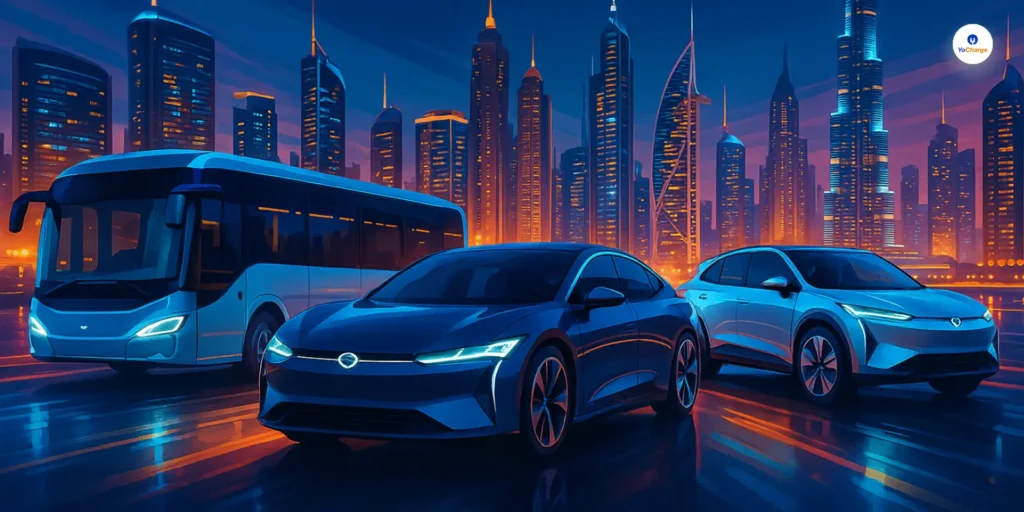
Each state in our country are adoption certain measures and offering incentives to the promote the adoption of electric vehicles in that particular state. Gujarat has the highest rate of electric two-wheeler adoption in the nation, making it a major location for industries to invest in EVs. Let us discuss about the Gujarat state EV policy in detail.
Objectives of the policy
- To boost the transition of the state’s transport system into electric mobility
- To establish Gujarat as a major manufacturing hub for electric vehicles and associated accessories
- To promote investments and start-ups in the field of electric mobility and its related support industries, such as data analytics and information technology
- To reduce air pollution and thereby enhance environmental quality.
Policy period
This policy will be in operation for four years, commencing from July 1, 2021.
Scope and Eligibility
- The policy is applicable to all types of electric cars that have received subsidies under the Government of India’s FAME II program as of March 8, 2019, F. No. 1(1)/2019AEI, and any modifications thereafter.
- The incentives for installing a charging station are only applicable to stations that adhere to the requirements and specifications of the Ministry of Power Circular, dated 1st October 2019, and any modifications thereafter.
Targets
The State will aim to fund the purchase of the first 2 lakh electric vehicles for either private or commercial use for a period of four years commencing from July 1, 2021.
| Vehicle Segment | Target under Policy period |
|---|---|
| Two-wheelers | 1,10,000 |
| Three-wheelers | 70,000 |
| Four-wheelers | 20,000 |
| Total | 2,00,000 |
Incentives of Gujarat State EV Policy
1. Early adoption of electric vehicles
- Any subsidies provided by the Central Government through its promotional schemes and policies will be in addition to the State’s Demand Incentive, which will be given in place of those. Upon document authentication for the car purchase, the State Transport Department shall distribute the subsidy by Direct Bank Transfer (DBT) straight to the purchaser.
- The electric car battery capacity will determine the incentives for all types of electric vehicles (i.e energy content measured in kWh). The maximum subsidy for any Vehicle is limited to the vehicle’s maximum battery capacity as shown in the below table.
| S.No | Vehicle Segment | Battery Capacity (kWh) | State Subsidy Amount (in Rs.) | Maximum ex‐factory price to avail incentive (in Rs.) |
|---|---|---|---|---|
| 1 | Two-wheelers | 2 | Rs. 10,000/‐ per kWh | Rs. 1.5 lakhs |
| 2 | Three-wheelers | 5 | Rs. 10,000/‐ per kWh | Rs. 5 lakhs |
| 3 | Four-wheelers | 15 | Rs. 10,000/‐ per kWh | Rs. 15 lakhs |
- The beneficiary may choose to receive a one-time subsidy through any state government program sponsored by any of the departments. The beneficiary is not permitted to make a claim for compensation under more than one state government program.
2. Charging Infrastructure
- The first 250 commercial public EV charging stations for 2 wheelers, 3 wheelers, and 4 wheelers would be eligible for a 25% capital subsidy on equipment or machinery (restricted to Rs. 10 lakhs per station).
- Only developers, consumers, or businesses that have not already benefited from subsidies under other promotion programs offered by policies or programs of the Government of India would be eligible for the subsidy for charging stations.
- To build charging stations with designated parking spots, all residential and commercial establishments must issue a “No Objection Certificate” (NOC) to their members.
- Petrol pumps will be permitted to install charging stations as long as the charging station area adheres with all laws and regulations on fire safety and safety standards.
- Except for agricultural connections, the State Distribution Licensees (DisComs) must permit EV charging from an existing Consumer connection at the current rate.
3. Manufacturing of EV and their components
- Parties planning to establish up or improve their facilities for manufacturing in the EV sector must adhere to the terms of the Gujarat Industrial Policy 2020, any later applicable policies, and government resolutions (G.R.), as revised from time to time.



